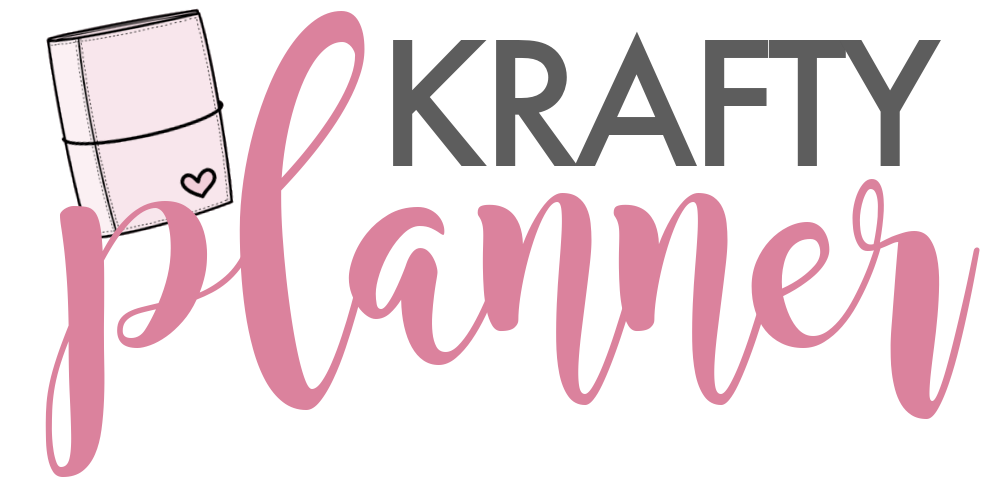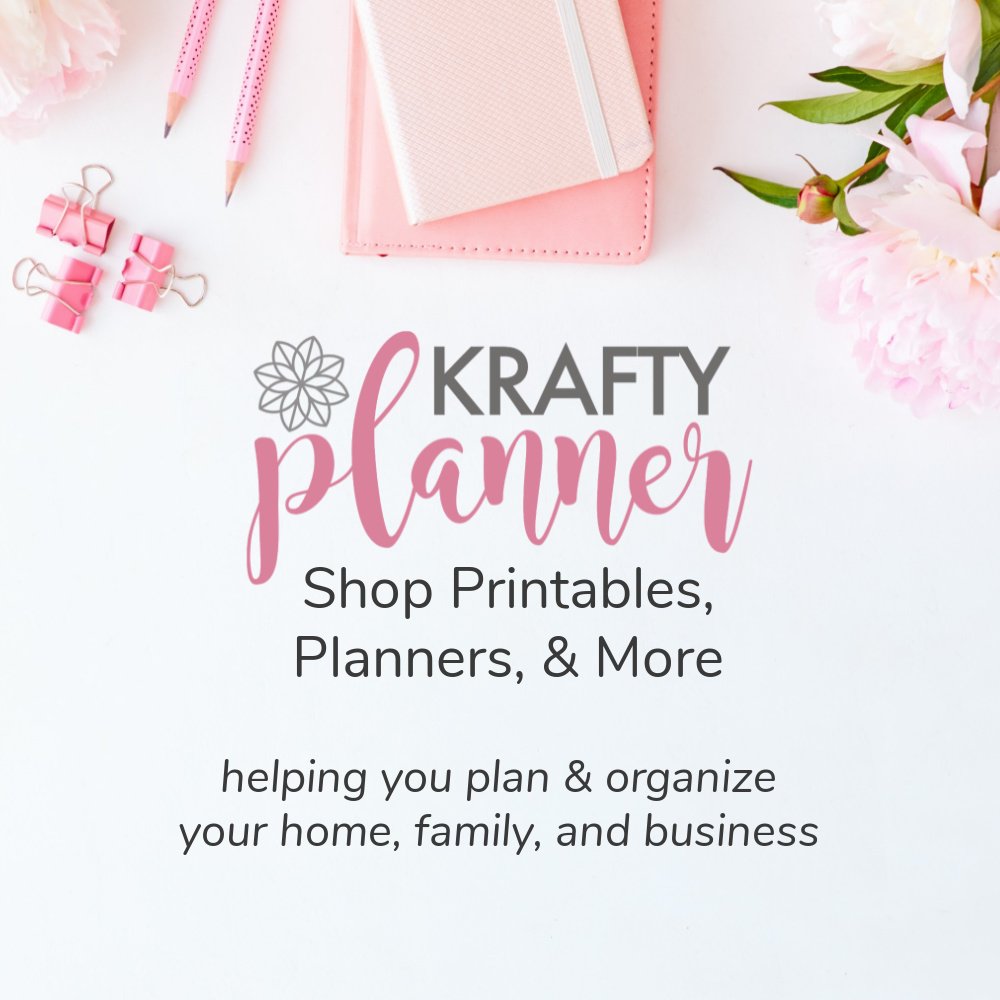How to Use Your Planner Effectively to Stay Organized All Year
Staying organized throughout the year can feel like a challenge, but with the right approach to using your planner, it becomes much more manageable.
A common challenge many of you share is maintaining consistency and making your planner a regular part of your routine.
It’s easy to start the year off strong, only to lose momentum a few months in. Life gets busy, distractions creep in, and before you know it, your planner is collecting dust.
But it doesn’t have to be that way!
With a few simple strategies, you can make your planner a daily tool that keeps you on track and helps you achieve your goals.
This guide will help you make the most of your planner and keep your life running smoothly. Let’s get right to it:
1. Choose the Right Planner for Your Needs
Before diving into how to use your planner, it's essential to have the right one. Consider your lifestyle and preferences:
Daily vs. Weekly Layouts: If you have a busy schedule with many tasks, a daily planner might be your best bet. For a more general overview, a weekly planner works well.
Digital or Paper: Paper planners offer a tactile, distraction-free experience, while digital planners provide portability and syncing capabilities.
Design: Choose a planner that sparks joy and aligns with your aesthetic, whether minimalist, colorful, or themed.
You can use this guide for more tips to help you choose and set up your new planner.
2. Set Your Goals for the Year
Start by outlining your long-term goals. Take time to reflect on what you want to achieve over the year, whether it’s personal growth, professional milestones, or a combination of both.
Write these goals down in your planner to give them structure and clarity. Once you have your big-picture goals in place, break them into smaller, actionable steps.
Large tasks can feel overwhelming, so break them into smaller steps. For example, instead of writing "Organize the garage," list smaller tasks like "Sort through boxes," "Label storage bins," and "Donate unused items."
This makes tasks more approachable and gives you a sense of accomplishment as you check them off.
Another example could be, if your goal is to run a marathon, your smaller steps might include choosing a training plan, scheduling regular runs, and gradually increasing your distance.
Spread these steps throughout the year by assigning them to specific months, weeks, or even days. This ensures that your goals stay manageable and don’t feel overwhelming.
Use your planner or this monthly focus worksheet to track your progress consistently by checking off completed tasks, making notes about what worked or didn’t, and adjusting your approach as needed to stay on track.
By breaking your goals into smaller pieces and regularly reviewing them, you’ll stay motivated and maintain focus on achieving what matters most to you.
3. Create a Planning Routine
Consistency is key. Dedicate time each week to plan ahead. A Sunday evening or Monday morning planning session is ideal for setting up your week.
During this time:
Review the past week to see what went well and what could improve.
List your top priorities for the upcoming week.
Fill in appointments, deadlines, and commitments.
4. Color-Code for Clarity
Color-coding your planner can make it easier to see at a glance what’s on your schedule and prioritize tasks effectively.
Start by assigning distinct colors to key categories in your life, such as work, family, self-care, hobbies, or fitness. This system helps you quickly identify how your time is allocated and ensures a balanced approach to your responsibilities.
Use a variety of tools like pens, highlighters, or stickers to bring your planner to life.
For instance, you could use green for work-related tasks, blue for family activities, pink for self-care, and yellow for social events.
Incorporating visual cues not only makes your planner more functional but also adds a personal touch that makes planning enjoyable.
To take it a step further, consider creating a color-coding key in your planner for quick reference. This will help you stay consistent over time.
By adding this vibrant layer of organization, you’ll find it easier to stay on top of your schedule while keeping your planner visually appealing and uniquely yours.
5. Incorporate Habit Tracking
Habit tracking is a powerful way to build and maintain positive routines. Many planners include a dedicated habit-tracking section, but if yours doesn’t, you can easily create one using the notes section or a blank page.
Start by identifying the habits you want to develop or improve, such as drinking more water, exercising regularly, reading, or practicing mindfulness. Here are a few more ideas of things you can track in your planner.
Write these habits down and assign a way to track them daily, weekly, or monthly.
Use checkboxes, symbols, or a simple grid to monitor your progress. For instance, you could draw a table with the days of the week and mark off each day you complete a habit.
This visual representation can be incredibly motivating, as it allows you to see your streaks and build momentum over time.
To make habit tracking even more engaging, consider using colors or stickers to celebrate your achievements. For example, a gold star for each day you meet your goal can serve as a small but effective reward.
Reflect on your progress at the end of each week or month. If you notice patterns or challenges, adjust your approach to make your habits more attainable or realistic.
Incorporating habit tracking into your planner not only helps you stay accountable but also creates a sense of accomplishment as you watch your consistency grow. Over time, these small daily actions will add up to significant changes in your life.
6. Keep Your Planner Accessible and Use it Regularly
Your planner can only help you if you use it! Keep it in a place where you’ll see it often, like your desk, bag, or kitchen counter. If you’re using a digital planner, make sure it syncs across devices so you can update it on the go.
Your planner should be a reflection of your personality and needs. Decorate it with stickers, washi tape, or doodles if that inspires you. You can also add motivational quotes or affirmations to keep yourself focused and positive.
Enhancing your planning experience with tools like sticky notes, bookmarks, and pen holders can help you stay organized and make your planner even more functional and fun!
Reflect and Adjust Regularly. Take time at the end of each month to review what worked and what didn’t. Adjust your planning methods as needed. Life is dynamic, and your planner should evolve with you.
Plan for Downtime. Don’t forget to schedule time for relaxation and self-care. Overloading your planner with tasks can lead to burnout. Balance is key to staying organized and productive.
Using a planner effectively requires commitment. It’s easy to fall off track, but don’t be too hard on yourself if it happens. Get back to planning and remind yourself of the benefits it brings to your life.
By following these tips, your planner will become a powerful tool to help you stay organized, achieve your goals, and enjoy a more balanced life all year long. Happy planning!
BEFORE YOU GO:
Here are a few more posts you might like:
See my Link Party Directory for a current list of blog parties I attend each week.
FOR PERSONAL USE ONLY – Please Read Freebies Terms of Use.
(This post may contain affiliate links. For more information, see my disclosures here.)
~ SHARE THIS POST ~
Did you like this post? Do you know someone else who might enjoy it? Please take a minute to share it on Pinterest, Facebook, or your favorite social media… Thank you!




















